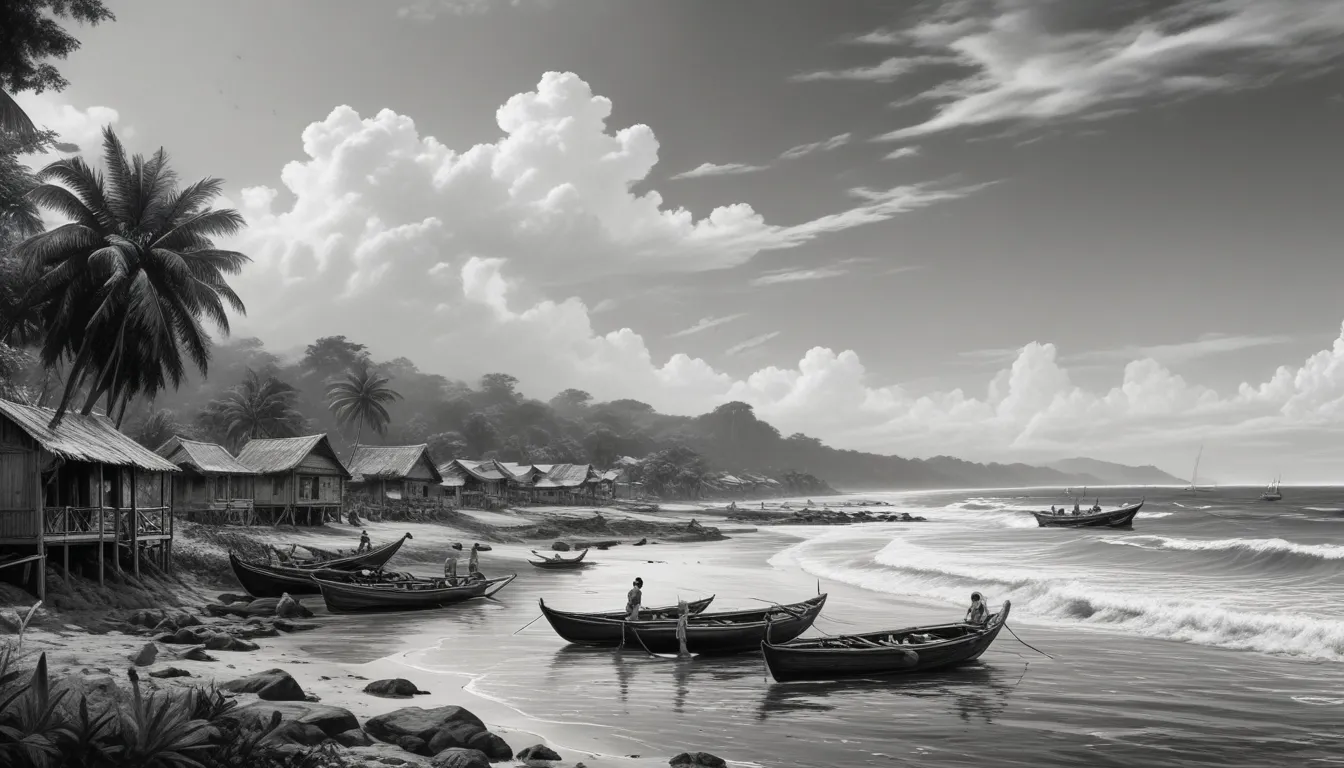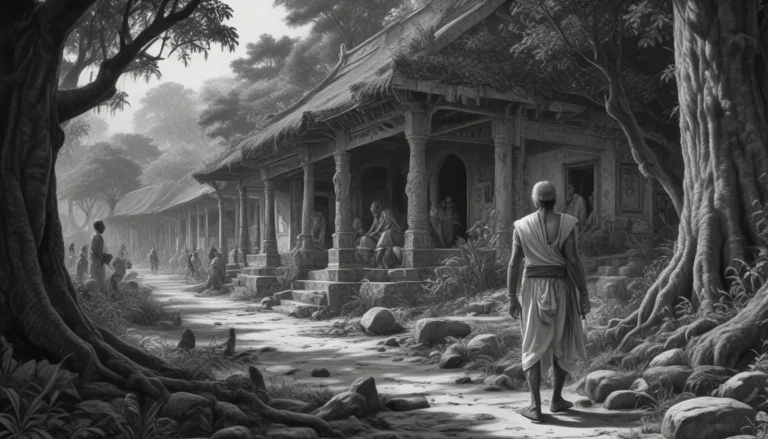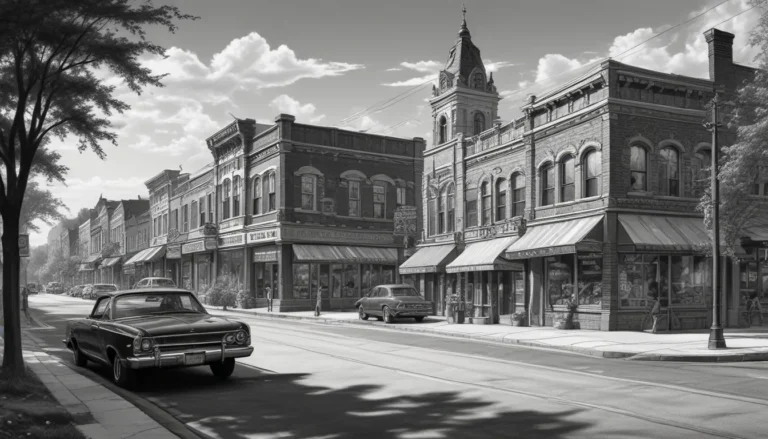The images in our articles are for illustrative purposes only and may not exactly match the content. They are intended to capture your interest and complement the text, not to replace it.
Welcome to Zamboanga, a captivating city nestled in the southern part of the Philippines. With its rich cultural heritage, picturesque landscapes, and vibrant traditions, Zamboanga is a gem waiting to be discovered. Join us on a journey as we uncover 35 intriguing facts about this enchanting city, delving into its history, landmarks, cuisine, festivals, and more. Whether you’re planning a visit or simply curious about this unique destination, let’s dive into what makes Zamboanga truly special.
Diversity and Rich Heritage:
- Zamboanga City is the third-largest city in the Philippines, boasting a population of over 800,000 people, making it a bustling and vibrant urban center.
- The name “Zamboanga” stems from the Malay word “Jambangan,” which translates to “place of flowers,” earning the city its moniker as the “City of Flowers” due to the abundance of colorful blooms that adorn its streets.
- Founded on February 26, 1635, Zamboanga is one of the oldest cities in the Philippines, established as a Spanish fort named Fort Pilar to fend off pirate attacks and safeguard the region.
- Fort Pilar, also known as the Shrine of Our Lady of the Pillar, stands as a significant historical landmark in Zamboanga City, housing a museum that showcases artifacts from the city’s storied past.
- Zamboanga City is renowned for its unique Chavacano language, a Spanish-based creole spoken by locals, blending Spanish, Malay, and indigenous words into a distinct linguistic tapestry.
Cultural Wonders and Festivals:
- The Yakan Tribe, known for their masterful weaving skills, call Zamboanga City home, with their vibrant traditional attire, the “Yakan weave,” prized for its intricate craftsmanship.
- Zamboanga City is a melting pot of cultures and ethnicities, playing host to various groups such as the Tausugs, Samals, and Subanons, each contributing to the city’s rich tapestry of diversity.
- The annual Zamboanga Hermosa Festival, a month-long celebration held in October, pays homage to the city’s patroness, Our Lady of the Pillar, through vibrant parades and cultural performances, offering a glimpse into Zamboanga’s soul.
- The Pasalamat Festival highlights the indigenous culture of the Subanen tribe, showcasing traditional dances, rituals, and games that reflect the tribe’s heritage and values.
Culinary Delights and Natural Marvels:
- Zamboanga City is a culinary paradise, renowned for its delectable seafood cuisine featuring local specialties like curacha, satti, and ukoy, tantalizing the taste buds of visitors.
- The Great Santa Cruz Island, with its iconic pink sand beaches caused by the fusion of crushed red corals with white sand, beckons beach enthusiasts to bask in its unique beauty and tranquility.
- Serving as a gateway to breathtaking islands and dive sites, Zamboanga City offers a plethora of outdoor activities and natural wonders, including Sta. Cruz Island, Merloquet Falls, and Pasonanca Park.
Architectural Marvels and Iconic Landmarks:
- Zamboanga City’s iconic Zamboanga City Hall, inspired by Islamic architecture prevalent in the region, stands as a testament to the city’s rich heritage and identity, beckoning visitors to admire its unique design.
- The twin cities of Zamboanga City and Pagadian City are connected by the majestic Marcian Garden Bridge, offering awe-inspiring views of the meandering river below, perfect for capturing memorable moments.
- Paseo del Mar, a waterfront park boasting stunning sunset vistas, invites visitors to enjoy leisurely strolls, dine at waterfront restaurants, or embark on colorful vinta boat rides, immersing in the city’s coastal charm.
Treasures of Zamboanga:
- Zamboanga City Hall, crafted from pink sandstone, exudes a distinctive and eye-catching allure symbolizing the city’s unique identity and character, a visual testament to its rich past.
- Cultural dances infuse Zamboanga City with vibrancy and energy, with the annual Zamboanga Hermosa Festival showcasing traditional performances, including the renowned curacha dance, a feast for the senses.
- Santa Maria Church, also known as Cawa-Cawa Shrine, a historic church in Zamboanga City, holds historical significance from the Spanish colonization era, serving as a symbol of Christianity’s enduring presence in the region.
Natural Splendors and Eco-Tourism:
- Zamboanga City beckons eco-tourists with its myriad attractions, including national parks, wildlife sanctuaries, and river cruises, offering a glimpse into the city’s rich biodiversity and natural wonders.
- The dialect spoken in Zamboanga City, a unique blend of Tagalog, Visayan, and Chavacano, reflects the city’s multicultural heritage, showcasing a linguistic fusion that highlights the region’s diverse influences.
- Zamboanga City also houses the Zamboanga City Special Economic Zone Authority (ZamboEcoZone), fostering trade and investment through business-friendly policies and tax incentives, attracting both local and foreign investors.
Echoes of History and Architectural Marvels:
- The Masjid Al-Maarif, the oldest mosque in Western Mindanao, displays a fusion of Islamic and Filipino architectural elements, exemplifying the region’s rich cultural tapestry and religious diversity.
- Sta. Cruz Island, a protected marine sanctuary in Zamboanga City, entices visitors with its diverse marine life and coral reefs, creating a haven for snorkeling and diving enthusiasts seeking underwater adventures.
- Pasonanca Park, a verdant oasis in Zamboanga City, features a swimming pool, natural springs, and a tree house, offering visitors a peaceful retreat to connect with nature’s splendor and serenity.
Spiritual Havens and Trading Hubs:
- The Metropolitan Cathedral of the Immaculate Conception, one of the largest Catholic churches in Mindanao, stands as a beacon of faith and architectural grandeur, drawing tourists and worshippers to its sacred halls.
- The eco-park in Pasonanca, The Tree House, presents panoramic views of Zamboanga City, allowing visitors to ascend the treehouse and behold the city’s breathtaking vistas and surrounding landscapes.
Vibrant Markets and Trading Centers:
- Zamboanga City’s bustling markets, such as the Canelar Barter Trade Center and Yubenco Star Mall, pulsate with energy and activity, inviting shoppers and traders to explore a variety of goods and merchandise in a vibrant setting.
- The Zamboanga City Urban Poor Housing Project exemplifies the city’s commitment to providing affordable housing for its less fortunate residents, showcasing initiatives aimed at improving living conditions and fostering community well-being.
Conclusion: Embracing Zamboanga’s Charms
In conclusion, Zamboanga encapsulates a tapestry of history, culture, and natural beauty, inviting travelers to immerse themselves in its wonders. Whether you seek to unravel historical mysteries, savor exotic cuisine, or marvel at architectural splendors, Zamboanga promises a sensory feast for all. With its warm hospitality and diverse heritage, this remarkable city offers a gateway to unforgettable experiences and lasting memories. Journey through Zamboanga’s enchanting landscapes, vibrant festivals, and captivating traditions, and discover the essence of this remarkable destination.
FAQs:
- Best Time to Visit Zamboanga: The summer months from March to May offer ideal weather for exploring Zamboanga’s attractions. However, visiting in October during the vibrant Hermosa Festival provides a unique cultural experience.
- Safety Tips for Zamboanga: While Zamboanga is generally safe, exercise caution, especially at night, and stay informed about local conditions. Maintaining awareness and following local guidance can enhance your safety.
- Top Attractions in Zamboanga: Don’t miss Fort Pilar, Pasonanca Park, Merloquet Falls, and the Great Sta. Cruz Island, each offering a distinct glimpse into Zamboanga’s history and natural beauty.
- Culinary Delights in Zamboanga: Indulge in Zamboanga’s seafood cuisine, featuring favorites like curacha, knickerbocker, and Zamboanga Satti, showcasing the city’s rich gastronomic heritage.
- Getting to Zamboanga: With its international airport connecting to major cities, Zamboanga is easily accessible by air, while boat and bus options provide alternative transportation modes.
- Accommodation in Zamboanga: Zamboanga caters to various budgets with a range of accommodations, from luxury hotels to budget-friendly guesthouses, ensuring a comfortable stay for all visitors.
As you venture into the heart of Zamboanga, let its allure captivate your senses and ignite your spirit of exploration. Embark on a journey of discovery, where each corner reveals a new facet of this dynamic city, steeped in history, culture, and natural splendor. Embrace the essence of Zamboanga and create lasting memories as you unravel its treasures and immerse yourself in its timeless charms. Plan your visit to Zamboanga today and embark on an adventure filled with wonder, beauty, and cultural richness.






